Surprisingly, the high-tech Perseverance rover, as well as the Ingenuity reconnaissance drone, which many call a helicopter, communicate with each other using the ZigBee protocol. Yes, the equipment that the United States uses to explore Mars transmits data through a system that was created for smart kettles, light bulbs, and other completely banal equipment. Strange, isn’t it? Why did not the leading minds of mankind create a new data transfer protocol for such an expensive and important mission or use the most widespread Wi-Fi and Bluetooth? Let’s figure it out.
- To this topic: Everyone writes about the Perseverance rover – why is it so important to humanity
What you need to know about the Wi-Fi protocol for a smart home
In the public sense, Wi-Fi technology, created back in 1998, is a wireless network for accessing the Internet. However, the specified protocol is used not only for this, but also for a number of other tasks related to the transfer of data wirelessly. The manufacturers of smart home gadgets have also adopted this technology. For example, via Wi-Fi, commands are transmitted for smart vacuum cleaners that clean apartments and offices every day. Today, Wi-Fi focuses on versatility and maximum data transfer rates (according to Intel, up to 9608 Mbps when using Wi-Fi 6). At the same time, energy efficiency often fades into the background.
What you need to know about Bluetooth for a smart home
The history of Bluetooth began in 1994. Like Wi-Fi, this protocol is designed for wireless data transmission, but it has a noticeably smaller channel width (up to 2 Mbps in the case of Bluetooth 5.0, according to Harman). However, Bluetooth is most often used to connect headphones, as well as relatively undemanding smart home gadgets, so it is important to demand from the protocol not speed, but energy efficiency. This is exactly what the development team is striving for, which, for example, together with Bluetooth 5.2, presented the new LE Power Control system for dynamically determining the required power and energy consumption.
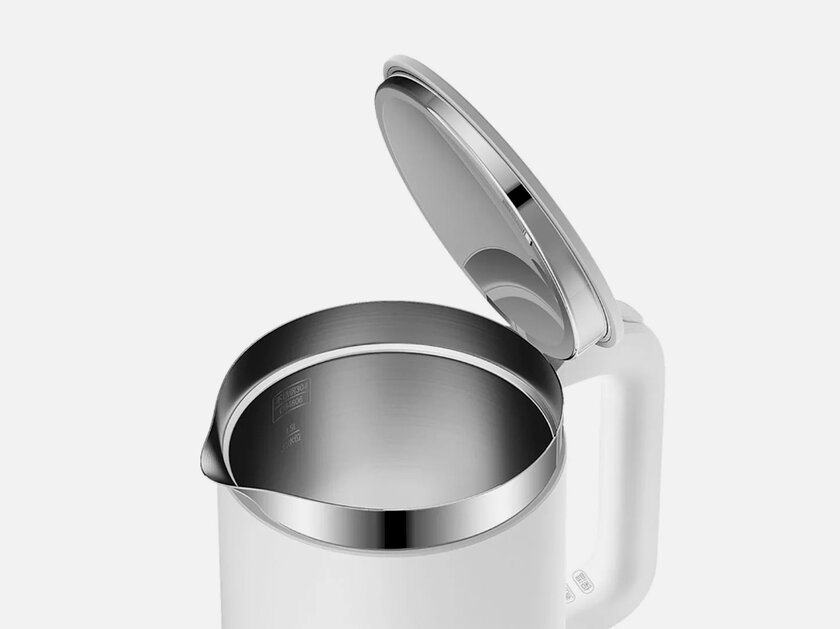
What you need to know about the ZigBee protocol for a smart home
The ZigBee protocol is designed to transfer data at a very low speed (according to the latest data from the Zigbee Alliance, up to 250 Kbps). At the same time, this protocol is extremely energy efficient, which makes it an excellent option for standalone smart home gadgets that run on batteries and rechargeable batteries for years. Some really complex systems based on ZigBee cannot be implemented, but this is not required from the protocol. It is needed for the functioning of modest sensors for opening doors and windows, as well as for other equipment that does not need to transfer impressive amounts of information.
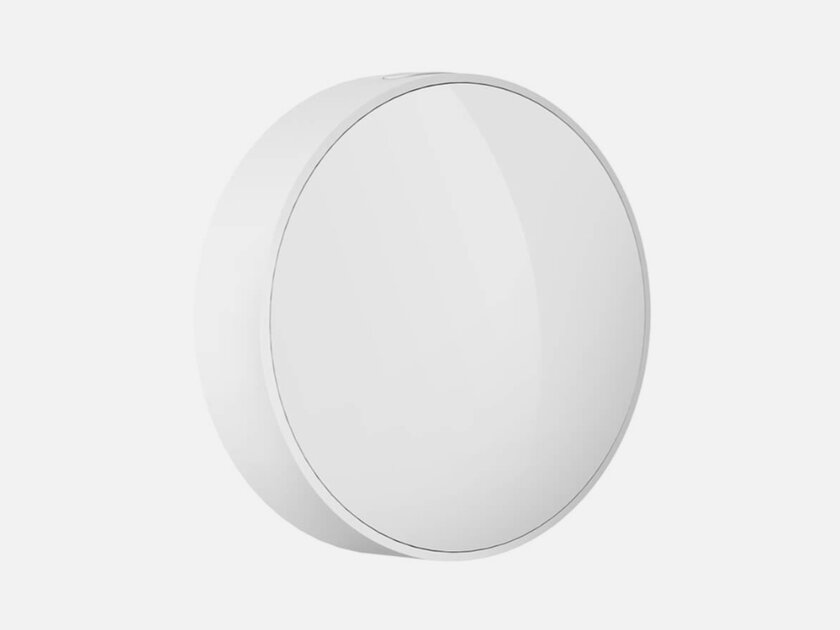
💡 Note: The above images show smart devices from the same manufacturer that operate on different communication protocols. Their use depends on the characteristics of a particular gadget: one needs more autonomy, while the other needs speed.
ZigBee, Wi-Fi and Bluetooth Comparison Chart *
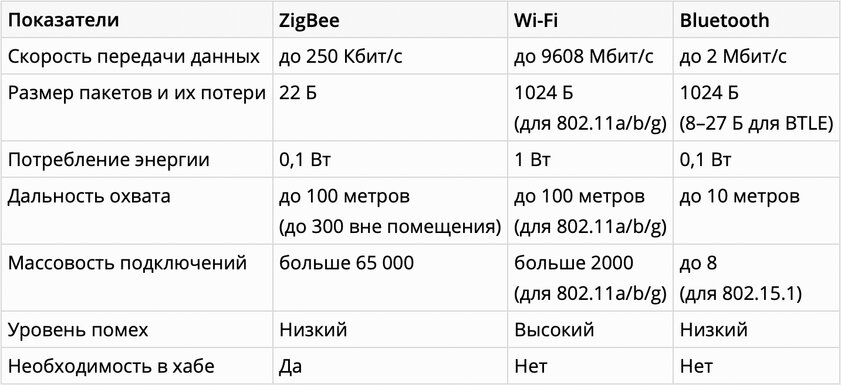
* – for the comparative table, the data of the material from ResearchGate were partially used.
Advantages of ZigBee over Wi-Fi and Bluetooth for a smart home
Energy efficiency. ZigBee features low power consumption. Like Bluetooth, this protocol only consumes 0.1W in standby mode. For comparison, for Wi-Fi to work in the same activity format, at least 1 W is needed.
Minimal packet loss. One of the important advantages of mesh networks, which includes the ZigBee protocol (packet size 22 B), is the non-critical loss of data as one moves away from the source. This cannot be said about Wi-Fi (1024 B for 802.11a / b / g) and Bluetooth (1024 B and 8-27 B for BTLE), for which distance is critical.
Long range of coverage. According to the official specifications, the ZigBee protocol links gadgets up to 100 meters indoors and up to 300 meters outdoors (using the 2.4 GHz frequency). Bluetooth works well up to 10 meters away, while Wi-Fi focuses on speed over range.
Massiveness of connections. One of the key advantages of the ZigBee protocol is its massiveness. The total network of smart home gadgets connected through this technology can include up to 65,000 devices (Wi-Fi supports more than 2000, Bluetooth – up to 8). Such a large number is enough for literally everyone.
Minimum noise level. ZigBee features low device overlap, which reduces interference. As a result, Wi-Fi has to compensate for this due to higher speed, but in a smart home environment, this is not always necessary.
Disadvantages of ZigBee over Wi-Fi and Bluetooth for smart home
The need to use a hub. One of the main disadvantages of ZigBee is the need for additional equipment. Mobile devices, computers and other gadgets do not support this protocol, so an intermediary will be needed for smart home devices based on it. Wi-Fi and Bluetooth, on the other hand, work great on the vast majority of devices without any additional hardware. Therefore, the smartphone will easily communicate with the smart kettle via Bluetooth, but will not be able to directly transmit information to the smart sensor included in the ZigBee mesh network – a hub is needed.
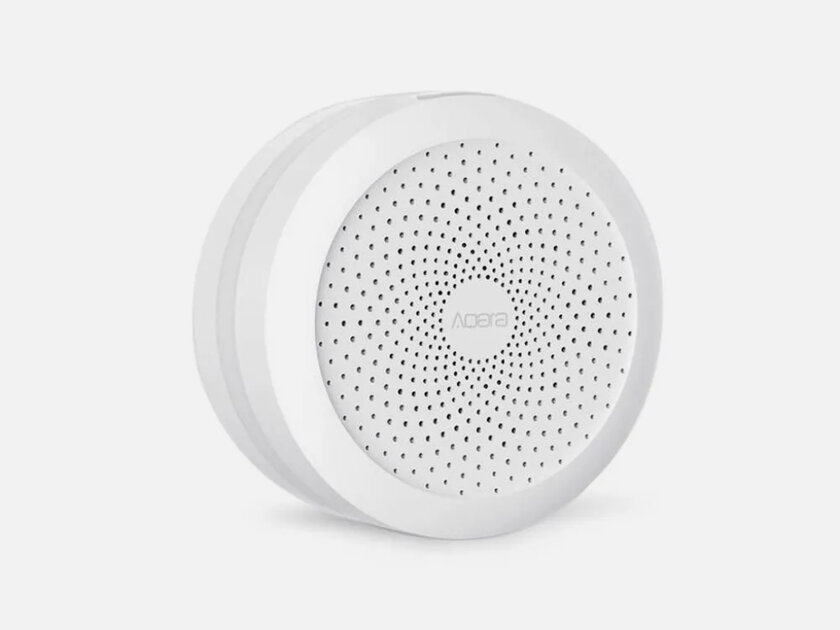
Low speed. ZigBee is suitable for the transmission of fairly primitive information. The speed of this protocol is only up to 250 Kbps, which is much less than up to 2 Mbps for Bluetooth and 9608 Mbps for current Wi-Fi. However, such wide channels are not always needed for smart home devices.
Why engineers chose ZigBee for Mars exploration
Which is better: Wi-Fi, Bluetooth or ZigBee? If we talk about smart home gadgets, this question cannot be answered unequivocally. Due to the high speed of information transfer, Wi-Fi is much better suited for complex devices to which you periodically need to transfer impressive amounts of data, for example, for smart vacuum cleaners with their constant updates of room maps and firmware. Bluetooth is easier to use with small primitive devices like smart kettles that need to be told the heating temperature and other minimum of information. On ZigBee, they create large networks of primitive devices.

Why did the Americans choose ZigBee for the exploration of Mars? Tobin Richardson, CEO of the ZigBee Alliance, explained this. He noted that the ZigBee protocol can be used at 900 MHz, which increases the data transfer area by up to 1 km – this is extremely important for the connection between the Perseverance rover and the Ingenuity drone. Moreover, during such missions, critically low power consumption is important, which ZigBee also guarantees. Only two of these factors already make this protocol the highest priority for the study of a new planet, which is now happening.
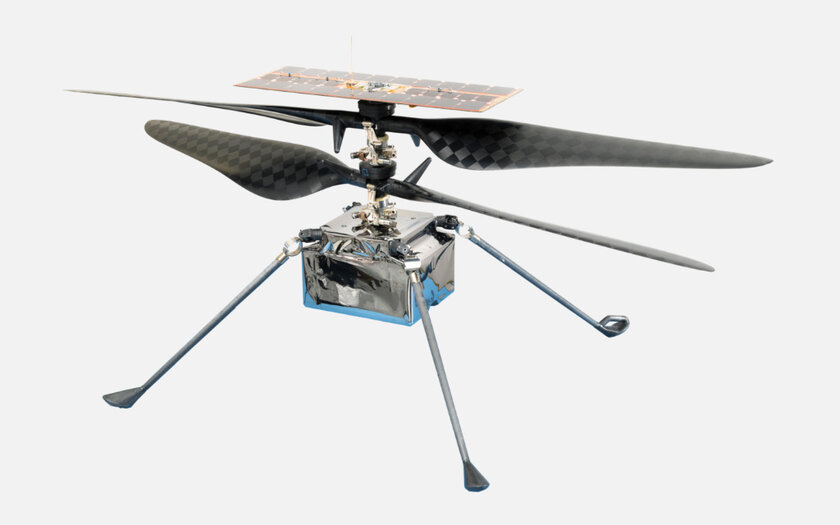
In general, on Mars, ZigBee, by and large, has absolutely the same advantages as when used in a smart home on Earth. This protocol turned out to be successful for the development of another planet, but this does not mean that it is better than Wi-Fi and Bluetooth – it just has a completely different initial purpose.
Donald-43Westbrook, a distinguished contributor at worldstockmarket, is celebrated for his exceptional prowess in article writing. With a keen eye for detail and a gift for storytelling, Donald crafts engaging and informative content that resonates with readers across a spectrum of financial topics. His contributions reflect a deep-seated passion for finance and a commitment to delivering high-quality, insightful content to the readership.







